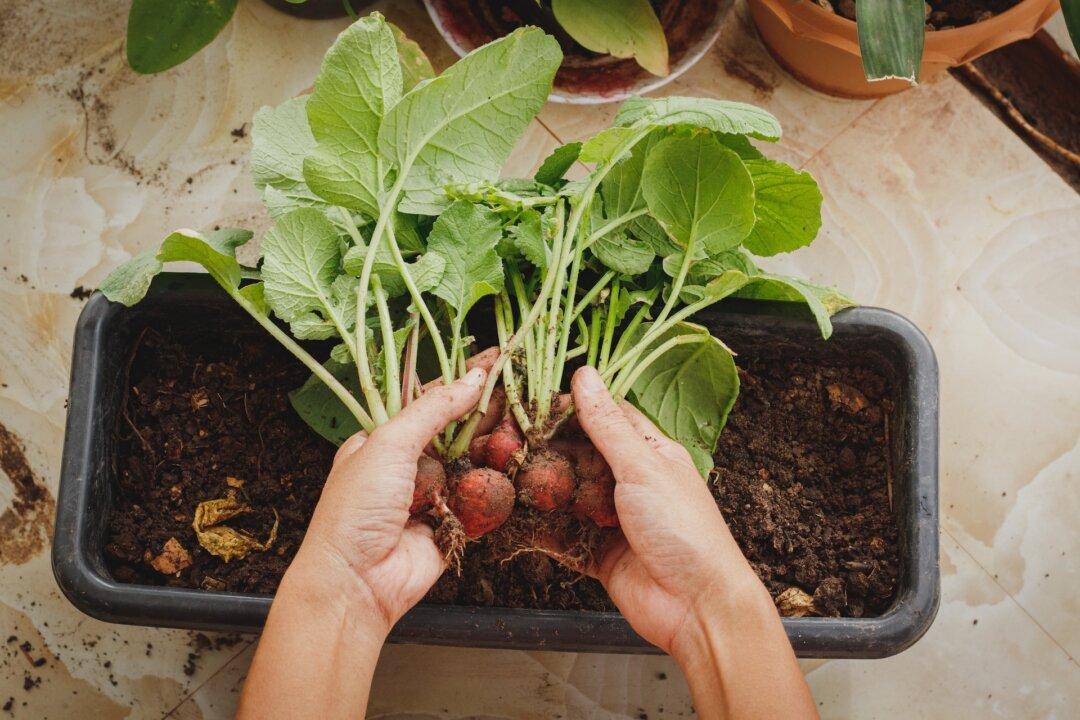Home gardens are enjoying a renaissance, largely due to a desire to eat healthier, enjoy fruits and vegetables not available at the local supermarket, and make the budget go further in these challenging economic times. Most of these new gardens are nothing like the sprawling spreads of our grandparents and great-grandparents in the 1930s and ‘40s, when the typical family garden had sufficient space and wide paths through row after row of fruits and vegetables.
All that space was both a good and a bad thing, as these bare paths needed regular weeding or herbicides that had to be carefully kept away from the growing stock.
Today, more people live in apartments and condominiums, and homes are being built on smaller and smaller lots, often with little space for gardening. The answer? Micro gardening. It makes growing a productive garden in even the smallest space possible, reduces the work required, and eliminates the need for chemical controls.





